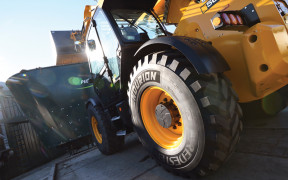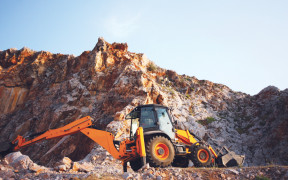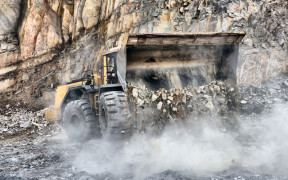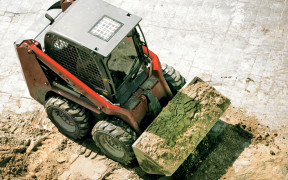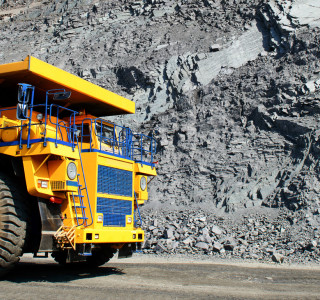
Your Guide to Earthmover/Industrial Tyres
It’s a big decision. It's the tyres that drive the vehicle...that drives the operation...that drives the profit. So not a decision you want to stuff up. Trouble is there’s a lot of tyres to choose from, plus different machines all have different requirements and multiple uses. Good job we’re about to make it easy and break it on down for you then.
TRA Codes Explained
This is an internationally recognised benchmark. Think of it as an agreed set of instructions to help you decide which tyre you need for which machine.
Tyre Application Codes
The first part of the TRA Code is a letter denoting the purpose of the tyre application. It’s worth noting that each application has a maximum speed allowable. Here’s a handy table which lays it all out for you:
|
Code |
Tyre Application |
Max. Speed for this application |
| E | Earthmover | 50 Km/h |
| G | Grader | 40 Km/h |
| L | Loader | 10 Km/h |
| C | Compacter | 10 Km/h |
Right, let’s say you want something for an earthmover for use in a rocky environment. So you need a tyre which has a TRA code starting with E. To the next step...
Tread Depth Classification
The next part of the coding system adds a number which represents the tread depth.
| 1,2 and 3 | 100% (normal tread depth) |
| 4 | 150% (deep tread) |
| 5 | 250% (extra deep tread) |
Tread Pattern
Sometimes you might see a letter after for the number. This letter will represent the tread pattern of the tyre.
| T = Traction | These tyres generally have a pretty open pattern to offer the best traction possible. |
| S = Smooth | Generally known as ‘slicks’. There is no pattern but there is some fantastic cut resistance making them ideal for rough, abrasive conditions. |
| R = Rock | You guessed it, these are used for rocky conditions where you need a good mixture of grip and protection to resist damage and cuts. |
Back to our example. For our earthmover in a rocky environment, we can opt for a tyre classified as either E-3 or E-4. The difference between the two is simply one has a deeper tread pattern.
Load & Speed
The next set of symbols we need to understand are the load and speed ratings.
The Load Rating
The Load Rating will be a number between 60 and 259. The higher the number, the higher the load (kg) they can handle. Find out your exact load rating and what it means here.
The Speed Rating
The Speed Rating symbol is a letter, running from A to Z. There’s a few variations (such as A1 or VR) but that’s basically it and you’ll be scanning them all on the same table anyway. Like this one.
Put the load and speed ratings together (which is what tyre manufacturers do on the sidewall) and you’ll get something like 200B. Looking it up we can see each tyre is good for a load of 14,000KG and a speed of 50 KM/hr.
And there we have it. You are now an expert in how to find a tyre for your big machine. Of course, you could just stick the tyre size in here and we do some web magic, then spit out a few options for you. Each option will have a bit of information attached, so you can be confident you're choosing the right tyre for you.
Real Life Monster Machines
There’s some real monsters out there. Like these:
A certified Guiness world record holder for being the world's largest earth mover. Anything with a lifting payload of 72 tonnes demands respect….and distance. Still, the turning circle must be a real pain.
A motor grader that weighs more than 200 tonnes and measures in excess of 24 feet must have been some sight. Whilst it’s ‘sister’, a giant Super Dozer, is still around it would seem the fate of the grader is not readily known. You suspect it’s not hiding under a tarp in the back of someone’s garage though.
A dump truck with a payload capacity of 400 tonnes? That’ll need a 3,650 horsepower engine to power it then. You imagine it would also need a decent squirt of diesel to keep it moving.
